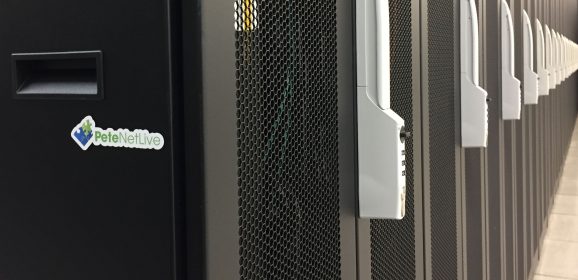How to Tell if Windows is 32 or 64 bit
KB ID 0000153 Problem If you want to know what version (x64 or x86) of Windows you are running, then this is the simplest way to find out. Solution Under accessories run system information; Under System Type: If it says x86 then it’s 32 bit. However if it says x64 then it’s 64 bit. Windows XP and Server 2003 1. Click Start > Run > sysdm.cpl {enter} > General Tab. Windows XP x32 (x86) and Windows XP x64 Windows...
WannaCry – Protect Yourself
KB ID 0001311 Problem Last Friday, the IT world was hit by another attack, WannaCry is a Ransomware infection, that exploits a hole in the windows SMB Protocol. This hole was patched back in March, (Security update MS17-010) so if your, (windows update supported systems) have updates enabled, you will probably already be protected. Why were big organisations like the NHS hit? Primarily because they have systems that are no longer...
Reinstalling Windows XP
KB ID 0000291 Problem Reinstalling Windows XP from scratch can cure a multitude of slowness problems, I rebuild all my machines at least once a year. Wiping and reinstalling XP might seem like a scary task, but as long as you backup your data first, and are methodical you will find its not hard at all. And a fresh XP install will run as good as the day you got it out of the box. In fact if I know it’s going to take me more than...
Windows XP Service Pack 3 Hangs on “Performing cleanup”
KB ID 0000364 Problem Saw this a while ago, and just thought it was a “One Off”. Then on a visit to a client yesterday I saw it on both machines I was working on. Solution This might scare you, but you need to kill the update, don’t panic at this stage SP3 is already on. Update 05/04/11: Before continuing please read the feedback below. Ive never personally seen any adverse effects from doing this and I’ve...
Windows XP (Safe Mode) Cannot access USB Drive(Access Denied)
KB ID 0000368 Dtd 31/12/10 Problem A few weeks back I was working on a Windows XP machine that had been infected with some rogue AV spyware, I was having no luck installing my usual cleaning tools so I booted to safe mode, I have a USB thumb drive that I keep a set of up to date AV/Spyware tools on for this very purpose, but the machine did not want to let me open it. Solution 1. OK, I admit this is not really a...
Windows XP – Sysprep (for imaging)
KB ID 0000599 Problem A client who we recently did a WDS (Windows 7) install for, needed to image a couple of Windows XP machines, (They had some software that either would not run, or was not supported on Windows 7). They asked me for some documentation on how to do this, it’s been such a long time since I imaged any XP machine, so I took the opportunity to document it properly. Solution Before you begin, be aware you need to...
Windows – Black Screen Of Death
KB ID 0000152 Problem Post Microsoft KB 915597 and KB 976098 updates. You PC will boot, and you will see a totally black screen with (but not always) a Windows explorer window. Solution Credit to the guys at Prevx who have a fix online already. 1) Restart your PC. 2) Logon and wait for the black screen to appear. 3) Make sure your PC should be able to connect to the internet (black screen does not appear to affect this). 4) Press the...
WDS (Server 2003) Deploying Windows XP
For WDS on 2008 with Windows 7 Click Here KB ID 0000107 Problem This is aimed at people who want to capture a pre built machine and roll that image out to many PC’s. The client machine can either be vista or XP, at the time of writing most corporate’s are still using XP so I’ll use XP for this example. The whole procedure was done on the workbench in Virtual Server, which is how I recommend you try doing this before...









